
[ad_1]
One surprising thing about diving into the world of silent films is finding how often the comedies are still funny and how consistently the horror movies remain genuinely creepy. It may well be that what moves or scares us as human beings doesn’t change as we might like to think it does, even over numerous decades. The silent era started winding down in 1927, after all, with the advent of the “talking picture,” meaning we’re very close to celebrating the 100th anniversary of spoken dialogue in cinema.
But sure, when going back this far and looking at very old horror movies, they don’t all scare in the same way as newer horror films. However, they’re still capable of being unsettling and quite creepy in parts. For any film buffs who want to celebrate the spookiest time of the year while also brushing up on their silent film knowledge, these silent films are worth checking out.
‘Nosferatu’ (1922)
Nosferatu is maybe the go-to example for an iconic silent horror film. It was an unofficial adaptation of Dracula, changing character names but maintaining a similar premise (and keeping the characters themselves pretty comparable).
Still, even if it wasn’t the real deal legally speaking, it predated the first well-known screen adaptation of Dracula by almost a decade: the 1931 version starring Bela Lugosi. In all honesty, Nosferatu is probably a better horror film, too. It’s got some fantastically creepy visuals, and Count Orlok’s appearance is particularly memorable. It holds up well and still has a certain uncanny, unnerving quality.
‘Destiny’ (1921)
Fritz Lang was one of the great filmmakers of all time (despite his considerable efforts never getting him a win for Best Director at the Oscars). He made science-fiction films, crime thrillers, fantasy epics, and even film noirs. However, one of his creepiest and most horror-tinged films would have to be Destiny.
To call it a flat-out horror film might not be right, though. It has fantasy elements and tells several stories—almost like an anthology film—that often deal with romance. But with Death as a significant character and the concept of death being a prominent theme, it can’t help but delve into horror, with an engaging and spooky atmosphere maintained throughout many of its scenes.
‘The Cabinet of Dr. Caligari’ (1920)
One of the first German Expressionist movies, The Cabinet of Dr. Caligari, might not always be the most exciting old film to watch, but its impact on cinema is undeniable. It played a part in shaping how horror films would look going forward, helped develop the visual style of later film noirs, and is also one of the first films that could be considered a true psychological thriller.
There’s a dreaminess to the visuals that sometimes feels closer to a nightmare. It gets inside the heads of its characters and even has what’s considered one of the earliest twist endings in film history. As a silent movie dealing with uneasy, dreamy visuals, it still stands as an effective psychological horror/thriller film.
‘The Phantom Carriage’ (1921)
An early Swedish horror film with a fascinating, creepy premise, The Phantom Carriage explores a legend that states that the last person to die on New Year’s Ever before the New Year begins will become the carriage driver of the dead (the person who collects the souls of the recently deceased) for the subsequent year.
The Phantom Carriage uses this premise to explore death, the afterlife, and the experiences of dead souls. It’s a dark and strangely eerie film that still has the power to get under a viewer’s skin. Even if it doesn’t, you’ll likely be able to appreciate the neat special effects and camera tricks the film utilizes, at the very least.
‘The Penalty’ (1920)
The Penalty is an interesting example of both an early horror film and an early crime film. It deals with a gangster who’s out for personal revenge and wants to pull off a huge robbery, but it also deals with the fact that the gangster seems to have a corrupted soul, with part of the film becoming about whether he can be saved or redeemed.
The mix between melodrama, crime, and horror is odd, but it keeps The Penalty interesting; there’s not much else like it when looking at movies from the 1920s. It’s also notable for being one of horror icon Lon Chaney‘s best-known performances (his son, Lon Chaney Jr., would also go on to become a horror movie icon).
‘The Call of Cthulhu’ (2005)
The Call of Cthulhu immediately stands out among other notable silent horror films, given it was made well outside the silent era. Approximately 80 years after the era’s end, to be more specific.
However, it’s still a silent film through and through and does a great job of paying homage to the look and feel of the sorts of horror movies that were popular in the 1920s. It’s a brisk 47-minute film about a young man investigating a cult who seem to worship the infamous Cthulhu, with some creepy stuff, all executed on a small budget that makes the overall project super impressive.
‘Häxan’ (1922)
Is Häxan a documentary? Is it a horror film? Is it a historical drama? Or is it just fantasy? Truthfully, it’s somehow a bit of everything. As it turns out, one of the most ambitious films of all time—when it comes to balancing an unusual mix of genres—may well have been released just over a century ago.
Häxan explores various aspects of witchcraft throughout its history, spending time on the Middle Ages, (then) modern times, and everything in between. It’s sometimes dry and informative and other times quite shocking in terms of its violent content and frightening visuals. It might be a little less alarming in the 2020s, but for the 1920s, this was about as extreme as horror movies ever got.
‘A Page of Madness’ (1926)
One of the most famous examples of a once-lost film that was miraculously recovered long after its initial release, A Page of Madness is one of Japan’s oldest silent horror feature films. It takes place at an asylum a man begins working at in the hopes that he can use his position to free his wife, who’s being held there.
Naturally, being a horror movie, there are dark secrets within the asylum that get uncovered as the film goes along. As long as you’re a fairly patient horror fan, you’ll be rewarded with some truly creepy sights here. Considering its age, A Page of Madness is a remarkably effective, straight-to-the-point psychological horror movie.
‘The Unknown’ (1927)
If 45 minutes or over is to be considered feature-length, The Unknown just qualifies, running at about 50 minutes. Still, this runtime keeps it short and sweet. While silent movies can sometimes have pacing that feels a little sluggish compared to what we’re used to with modern cinema, The Unknown bypasses this issue by only being 50 minutes and telling its story pretty succinctly.
It helps that the simple story is an interesting one, too. It deals with a criminal hiding out in a circus while on the run from the law and the complications that arise when he begins to get involved with the lives of the circus performers. It’s tightly paced, suspenseful, and all-around engaging, with its brief runtime making it perfect for viewers who are just starting out watching silent movies.
‘Faust’ (1926)
The story of Faust is a well-known, often-parodied one, but few takes on the tale have proven as effective as 1926’s Faust. The premise is rooted in Germanic folklore: God and the Devil have a wager over the soul of a man, Faust, and whether he can be corrupted by the latter to sell his soul through a series of temptations.
The way Faust is presented remains quite breathtaking to this day. 1926 inevitably ended up being the last year when silent cinema had no competition from the “talkies,” and so a movie like Faust arguably serves to send the true silent era out with a bang. Silent horror doesn’t get much more engaging or creepy than this, and as such, Faust is a movie worth recommending to all horror fans, regardless of whether or not they watch silent films.
[ad_2]
Source link


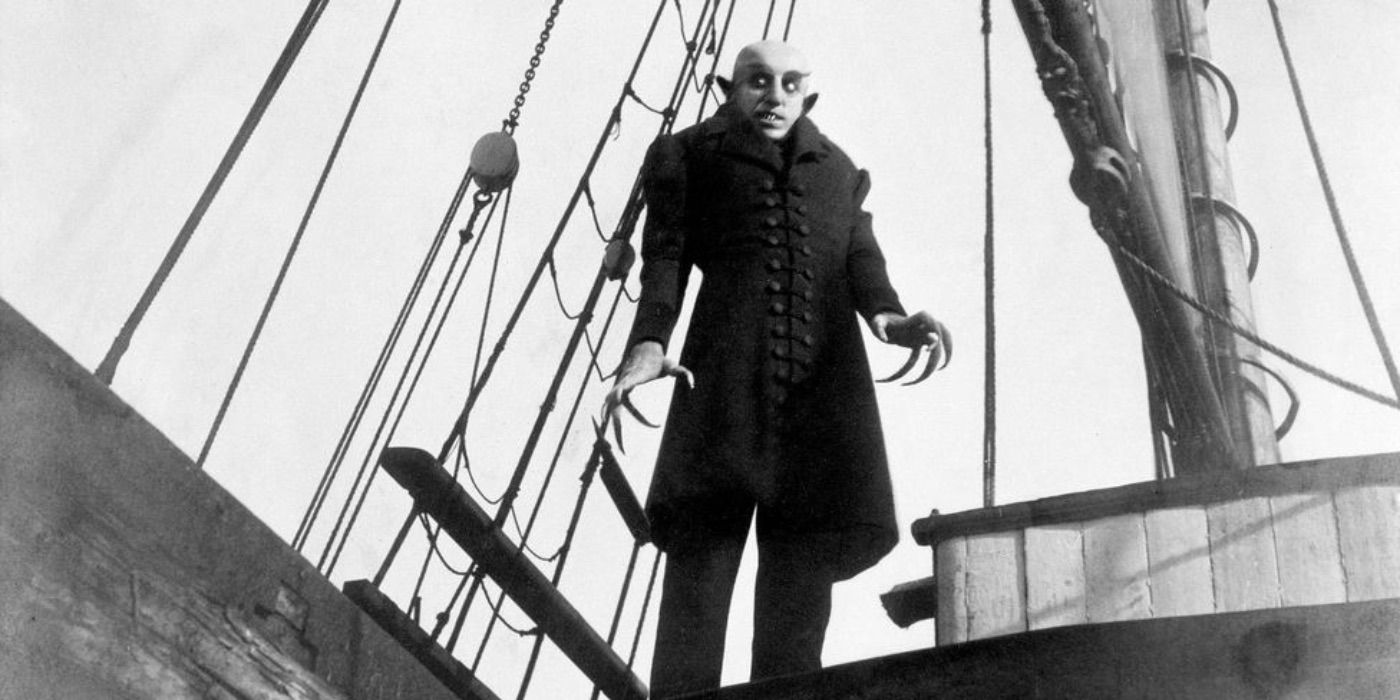
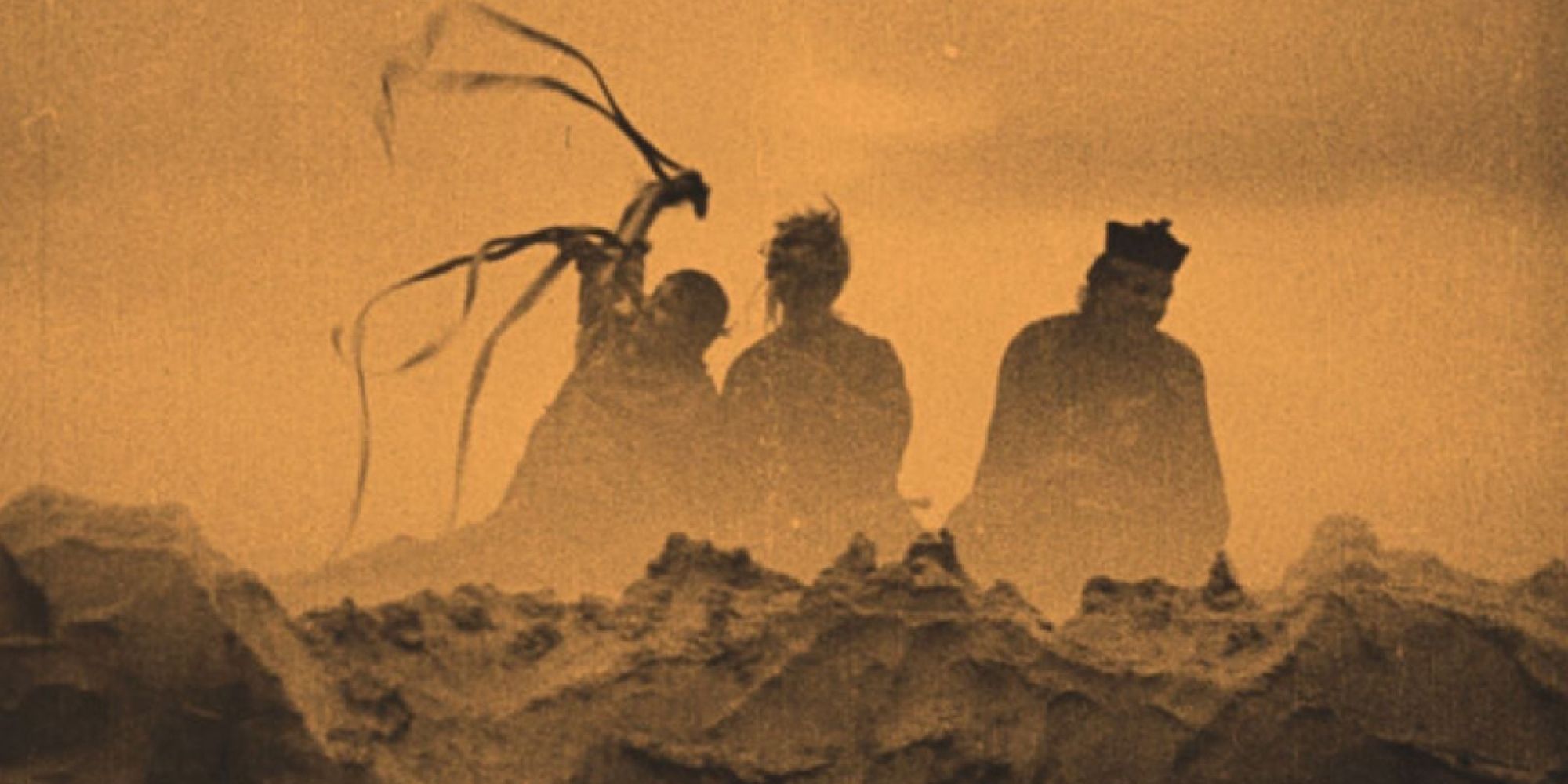
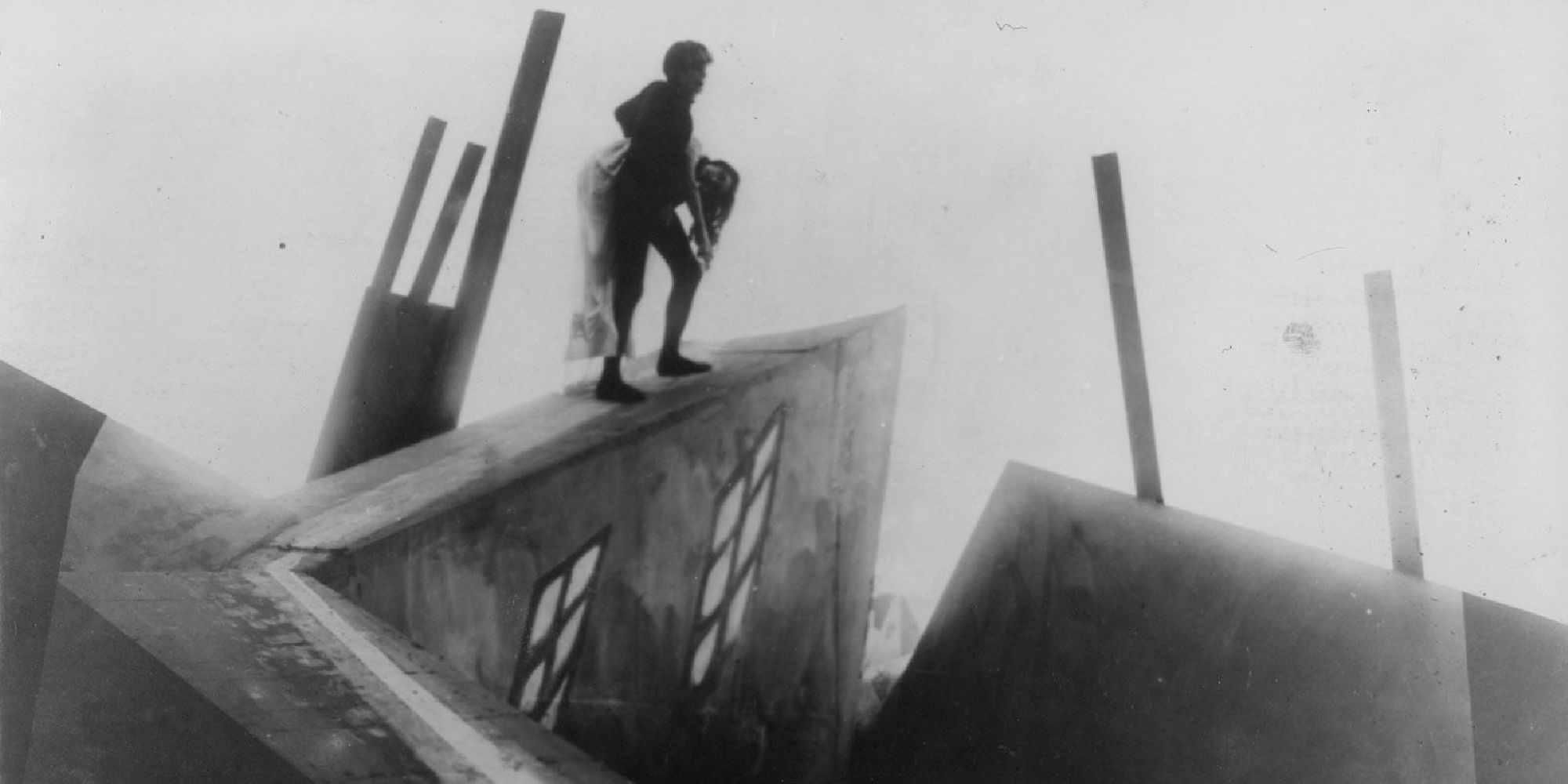
.jpg)

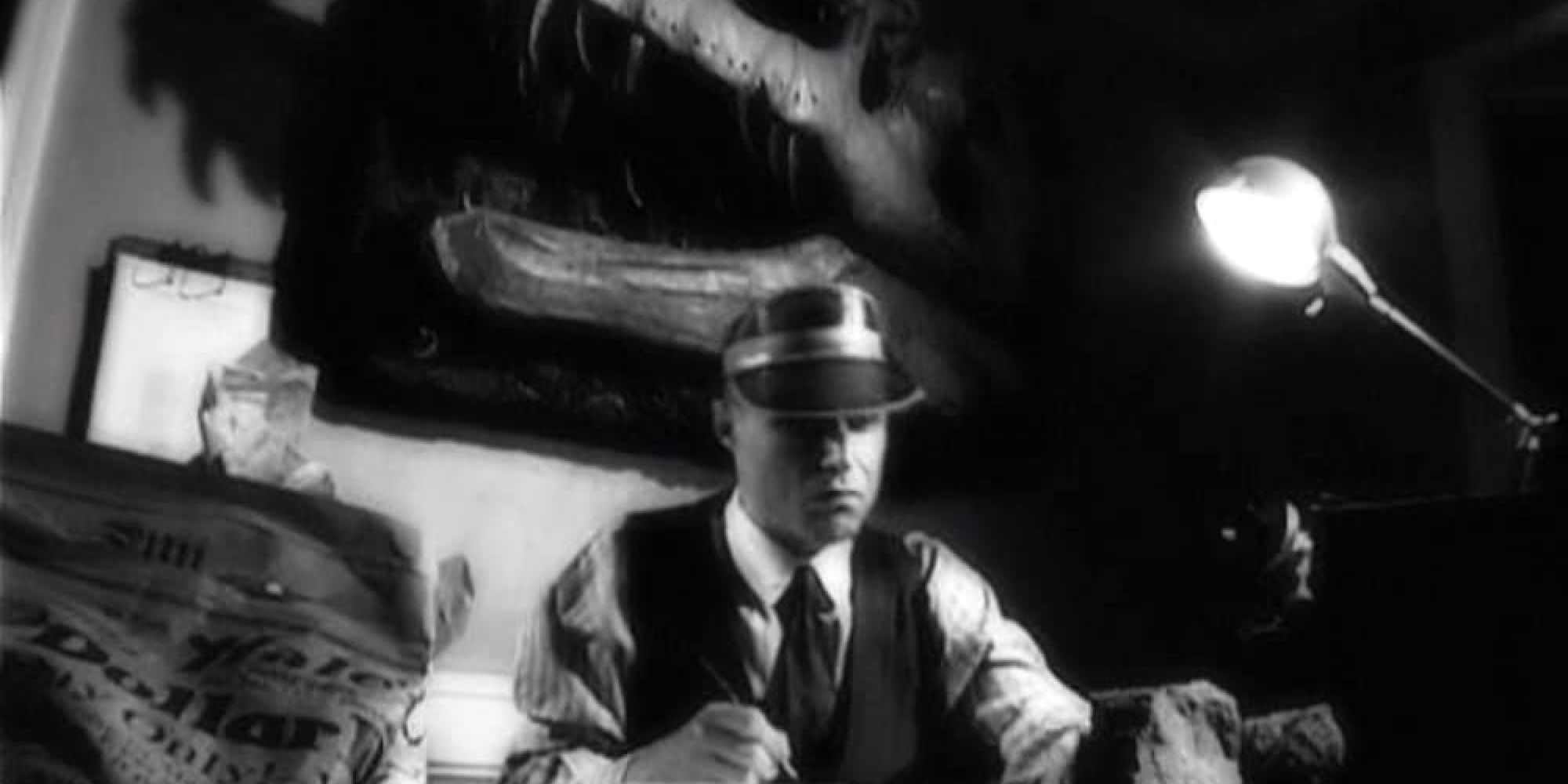
-4.jpg)
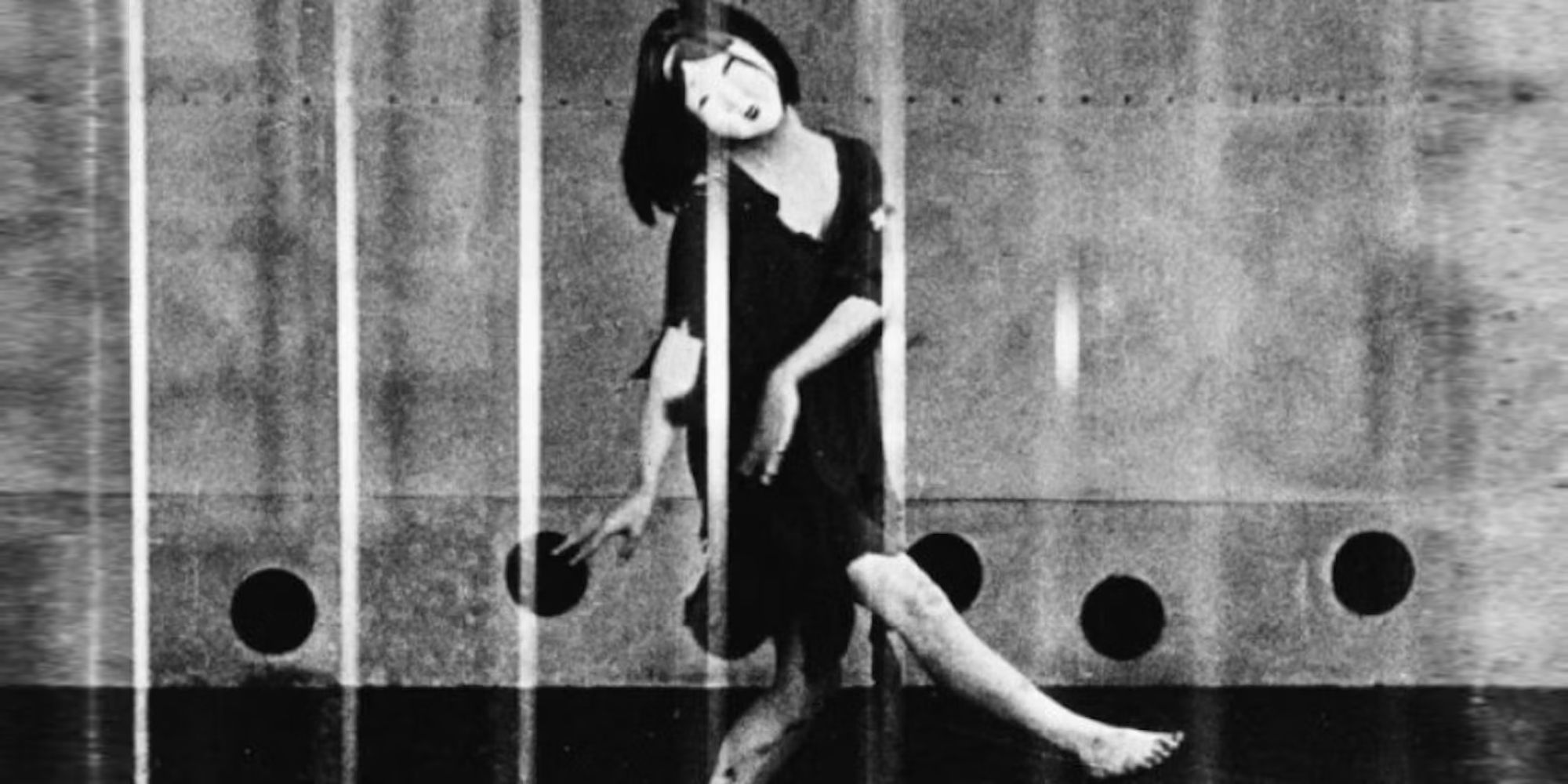

.jpg)